

Solar panel maker LONGi of China is taking a tech-driven, holistic approach to achieving net-zero emissions along its entire value chain.
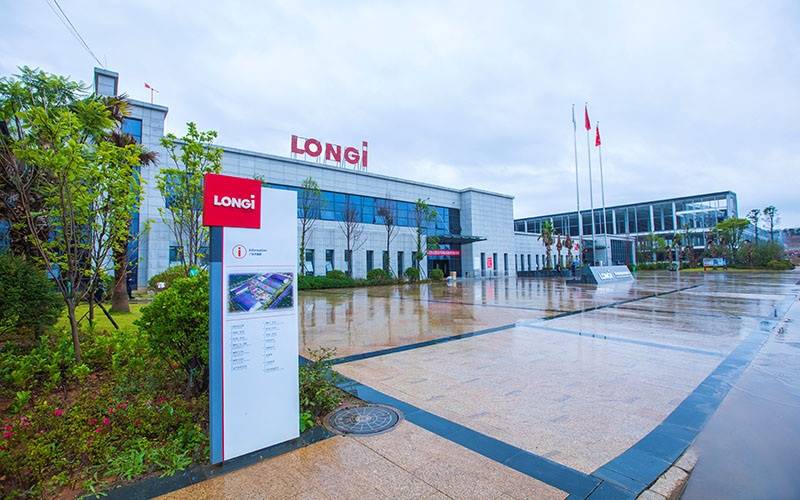
The message was loud and clear. When Li Wenxue, vice president of China’s LONGi Green Energy Technology Company, addressed global leaders and delegates at the 27th Conference of the Parties (COP27) in Sharm el-Sheikh, Egypt, in November, he didn’t pull any punches when describing the situation confronting the world. “Climate change is no longer a future challenge,” Li said. “It is an immediate crisis.”
Li’s words echoed the conclusion of the most recent report by the Intergovernmental Panel on Climate Change (IPCC): Global greenhouse gas emissions must start falling after 2025 to limit rising temperatures to 1.5° Celsius, the line most scientists agree cannot be crossed if we hope to preserve our planet’s environment and keep our world livable for all species.
The world, however, is not yet on track to meet that target— so securing a sustainable future requires urgent action. Leaders of nations and businesses must work together and implement aggressive measures that will speed the transition to a green, low-carbon world. “Tackling climate change and achieving net-zero emissions is a global consensus, and LONGi is willing to work with partners from all sides to take joint action to accelerate the transformation of clean energy and low-carbon green development,” Li said.
As one of the world’s leading manufacturers of photovoltaic solar panels and technology, LONGi is on the front lines of the fight against climate change. To document what LONGi has done—and is willing to do—to bring about green, sustainable development, Li presented the company’s second report on climate action. A follow-up to the firm’s first report released one year ago, the publication laid out a wide-ranging menu of actions and initiatives that shows what a company can accomplish when it is committed to clean energy, sustainable development, biodiversity, and energy equity.
“We will actively contribute to the innovation of green energy technology enterprises to move towards a zero-carbon future,” Li said. LONGi’s approach to zero-carbon, sustainable development is multi-pronged, comprehensive, and holistic, but its strongest suit is still its technological prowess.
LONGi’s innovations have played a major part in driving down the cost of solar power while driving up its efficiency. Since 2021, the company has broken the world record for the conversion efficiency of photovoltaic cells 14 consecutive times. That represents an important contribution to making solar the most powerful, affordable, and sustainable choice for power generation, even for developing countries and small enterprises.
In 2021, LONGi established a new subsidiary, LONGi Hydrogen, and its first hydrogen energy equipment manufacturing plant in Wuxi, Jiangsu Province. With an expected annual production capacity of 1.5GW, LONGi Hydrogen shows incredible promise. By 2023, the production capacity of LONGi Hydrogen is expected to reach 2.5GW.
For a company to be a trustworthy advocate for sustainability, it must act sustainably throughout its operations and value chain, and help its suppliers and partners do the same. Within the past year, LONGi implemented a greenhouse gas emission accounting system that monitors its entire value chain, from Scope 1 through Scope 3 emissions. The company is currently rolling out a management system for sustainable development and ESG (environmental, social, and governance) practices.
These efforts are already producing positive results: In 2021, the firm used 3.096 billion kWh of renewable energy, with a utilization ratio as high as 40.19%, which amounts to preventing 1.6 million tons of carbon dioxide-equivalent greenhouse gasses being released into the atmosphere and planting 93.7 million trees.
Those are significant steps on the path to completely decoupling the company from fossil fuels. That journey began in 2018, when LONGi pioneered the “Solar for Solar” model of using only renewable energy to manufacture its photovoltaic solar panels and renewable energy products. In 2023, the company will open its first zero-carbon plant in Yunnan, China, with renewables fueling its entire operation. The firm has pledged to cut its greenhouse gas emissions company-wide by 60% by 2030.
With LONGi’s help, its suppliers are working toward similar results. This year, LONGi launched its “Supply Chain Green Partner Empowerment Plan,” which lays out steps for suppliers to achieve energy conservation and emission reductions through carbon management empowerment training. By helping reduce the carbon emissions of its partners, LONGi is reducing its own carbon footprint.
LONGi is meeting its commitments under its memberships in the global private-sector groups RE100 (renewable energy), EP100 (energy productivity), and EV100 (electric vehicles). It has also laid out its goals under the Science-Based Targets initiative (SBTi), has enhanced compliance management capabilities, and is constantly forging a solid corporate platform for sustainable development. LONGi is the first Chinese company to be a member of all these groups.
Although the world is not yet on track to meet the 1.5° Celsius threshold, all is not lost. According to LONGi vice president Dennis She, globally, the installed capacity of solar power has increased by 30% a year during the past several years, while the cost of photovoltaic power generation has decreased by more than 90%. Going forward, the forecasts are that by 2030 installed solar capacity will be ten times what it was in 2021.
To ensure those projections become reality, LONGi is calling on all countries to stop subsidizing fossil fuel energy generation and urging authorities to speed up and streamline approvals for new renewable energy power plants. There is simply no time to wait.
But time does march on, and when leaders and delegates meet for COP28 next year, LONGi is determined to document even greater progress toward meeting its climate and sustainability goals. At that time, the climate crisis will most likely be even more urgent. And so LONGi’s message will remain clear and consistent: We must all work together to put the health of our planet first.
中国的太阳能电池板制造商隆基(LONGi)正在采取一种技术驱动的方整体法,以在其整个价值链中实现净零排放。
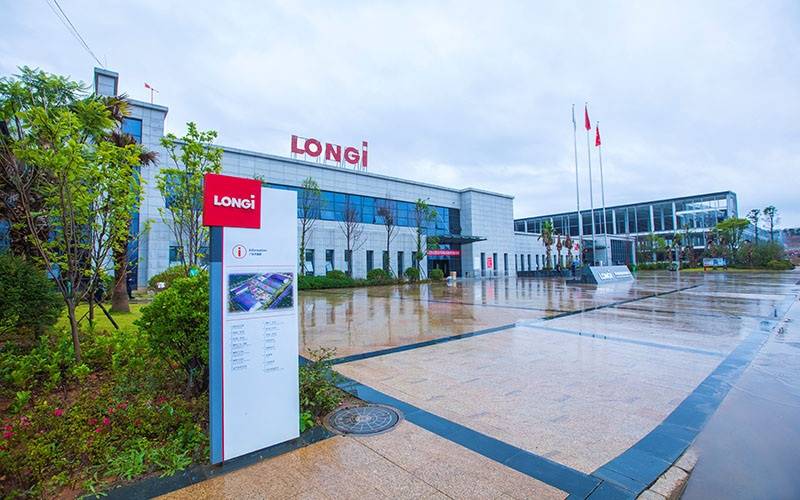
信息是响亮而清晰的。11月,在埃及沙姆沙伊赫举行的第27届缔约方大会(COP27)上,中国隆基绿能源科技股份有限公司副总裁李文学在向全球领导人和代表发表讲话时,简明扼要地描述了世界面临的形势。“气候变化不再是未来的挑战,”他说。“这是一场迫在眉睫的危机。”
李文学的话呼应了政府间气候变化专门委员会(IPCC)最新报告的结论:全球温室气体排放量必须在2025年后开始下降,以将气温上升限制在1.5摄氏度以内,如果我们希望保护地球的环境,保持我们的世界适合所有物种生存,大多数科学家都认为这条线是不能跨越的。
然而,世界尚未走上实现这一目标的轨道,因此确保可持续的未来需要采取紧急行动。国家和企业领导人必须共同努力,采取积极措施,加快向绿色低碳世界的过渡。“应对气候变化、实现净零排放是全球共识,隆基愿与各方合作伙伴共同行动,加快清洁能源转型和低碳绿色发展,”他说。
作为世界领先的光伏太阳能电池板和技术制造商之一,隆基站在应对气候变化的第一线。为了记录隆基公司为实现绿色可持续发展所做的和愿意做的事情,李文学介绍了该公司关于气候行动的第二份报告。作为该公司一年前发布的第一份报告的后续,该出版物列出了一系列广泛的行动和倡议,展示了一家公司在致力于清洁能源、可持续发展、生物多样性和能源公平时所能取得的成就。
“我们将积极为绿色能源技术企业的创新做出贡献,以迈向零碳未来。”隆基实现零碳排放和可持续发展的方法是多管齐下的、全面的和整体的,但其最强大的仍然是其技术实力。
隆基的创新在降低太阳能发电成本和提高效率方面发挥了重要作用。自2021年以来,公司已连续14次打破光伏电池转换效率世界纪录。这对于使太阳能成为最强大、最实惠和最可持续的发电选择,甚至对于发展中国家和小企业来说,都是一个重要的贡献。
2021年,隆基成立了新的子公司隆基氢能,并在江苏无锡建立了第一家氢能设备制造工厂。凭借预计1.5GW的年产能,隆基氢能展现出令人难以置信的前景。到2023年,隆基氢能的产能有望达到2.5GW。
一家公司要成为值得信赖的可持续发展倡导者,就必须在其整个运营和价值链中采取可持续的行动,并帮助其供应商和合作伙伴也这样做。在过去的一年里,隆基实施了一个温室气体排放核算系统,该系统监测其整个价值链,从范围1到范围3的排放。该公司目前正在推出可持续发展和ESG(环境、社会和治理)实践的管理系统。
这些努力已经产生了积极的成果:2021年,该公司使用了30.96亿千瓦时的可再生能源,利用率高达40.19%,相当于减少了160万吨二氧化碳当量的温室气体排放到大气中,并种植了9370万棵树。
这些都是该公司在与化石燃料完全脱钩的道路上迈出的重要一步。这一旅程始于2018年,当时隆基开创了“太阳能换太阳能”模式,即只使用可再生能源来制造其光伏太阳能电池板和可再生能源产品。2023年,该公司将在中国云南开设第一家零碳工厂,以可再生能源为其整个运营提供动力。该公司承诺到2030年将全公司的温室气体排放量减少60%。
在隆基的帮助下,其供应商也在朝着类似的结果努力。今年,隆基推出了“供应链绿色合作伙伴赋能计划”,通过碳管理赋能培训,为供应商实现节能减排制定步骤。通过帮助合作伙伴减少碳排放,隆基正在减少自己的碳足迹。
隆基正在履行其在全球私营部门组织RE100(可再生能源)、EP100(能源生产力)和EV100(电动汽车)中的成员承诺。它还在科学目标倡议(SBTI)下制定了目标,增强了合规管理能力,并不断打造可持续发展的坚实企业平台。隆基是第一家成为所有这些集团成员的中国公司。
尽管世界还没有走上达到1.5摄氏度门槛的轨道,但并没有失去一切。据隆基副总裁Dennis She介绍,在过去几年中,全球太阳能发电装机容量每年增长30%,而光伏发电成本则下降了90%以上。展望未来,预计到2030年,太阳能装机容量将是2021年的十倍。
为了确保这些预测成为现实,隆基呼吁所有国家停止补贴化石燃料发电,并敦促当局加快和简化新的可再生能源发电厂的审批。我们根本没有时间等待。
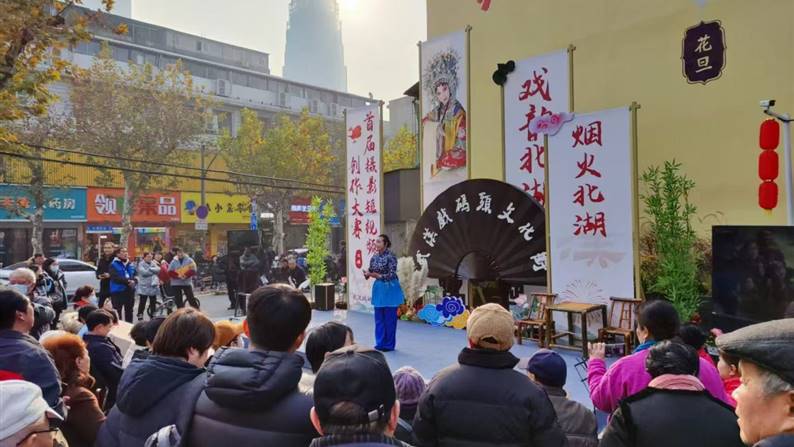
打造绿色低碳街区,奏响幸福美好生活最强音
10-18 · 来源:湖北省武汉市江汉区北湖街道环保社区 · 作者:湖北省武汉市江汉区北湖街道环保社区
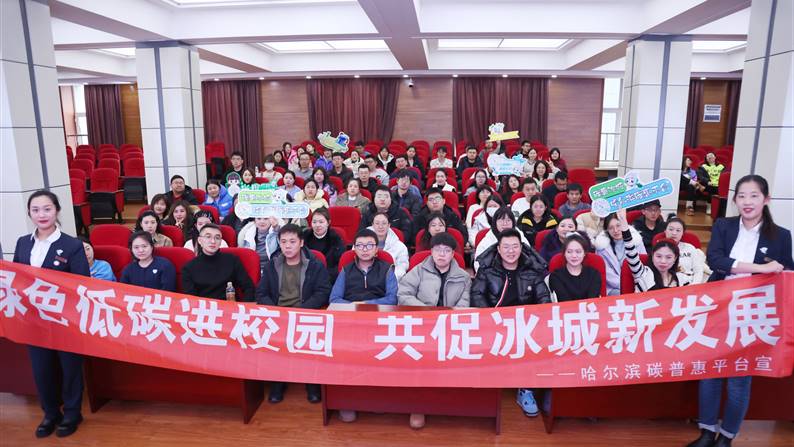
“碳惠冰城”:东北首个市级平台的“双碳”实践与冰城示范
10-15 · 来源:哈尔滨产权交易所有限责任公司 · 作者:哈尔滨产权交易所有限责任公司
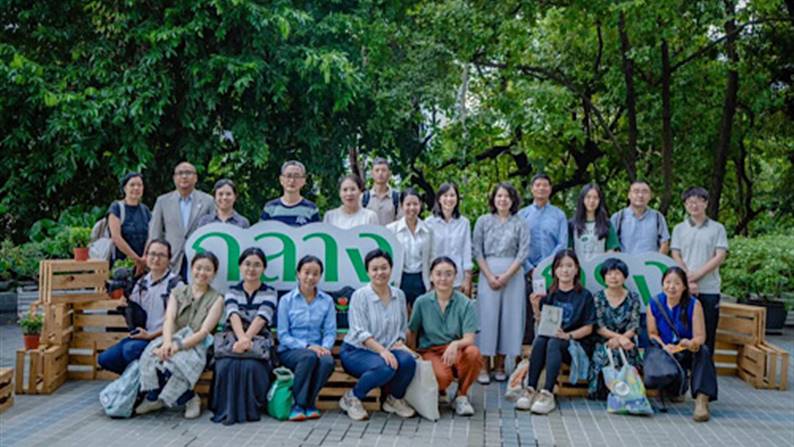
亚洲气候治理新篇章:中国公益代表团参访曼谷气候周,探索跨区域合作新路径
10-10 · 来源:公益时报 · 作者:公益时报